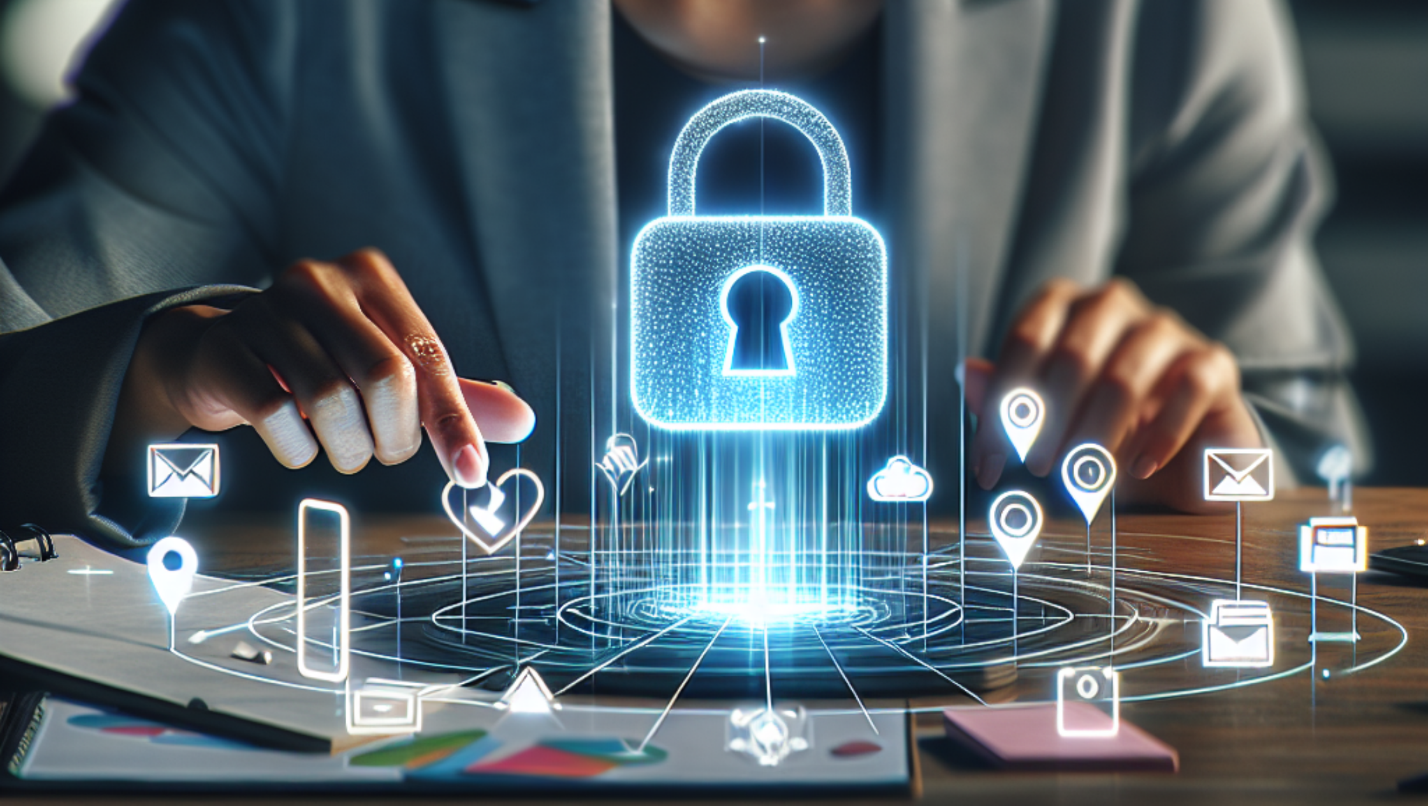As the digital landscape evolves, so does the complexity and frequency of cyber threats. As architects of their organization's cybersecurity, high-level decision-makers must understand that cybersecurity awareness is not just a technical necessity but a business imperative. This article dives deep into the multifaceted importance of cybersecurity awareness, uncovering the actual cost of breaches, the essential role of human vigilance, and future-proofing strategies to stay ahead of ever-evolving cyber threats.

Cybersecurity Lapses: A Costly Gamble
The financial and reputational ramifications of cybersecurity lapses are staggering. For instance, the 2017 Equifax data breach, which exposed the personal information of 147 million people, cost the company over $1.4 billion in remediation efforts, legal fees, and lost business opportunities. This single incident led to a significant drop in Equifax's stock price and severely damaged its reputation, resulting in lost customer trust and tarnished brand credibility.
John O'Keefe, a cybersecurity expert with over 20 years of experience, emphasizes the human factor in cybersecurity incidents: "90% of all cybersecurity incidents are now caused by a human being interacting with something." His insights underscore the need for comprehensive cybersecurity awareness training.
The Financial Toll
- Direct Costs: These include the expenses related to detecting, responding to, and mitigating a security breach. According to a study by IBM, the average cost of a data breach in 2023 was $4.45 million, up 15% from three years earlier. (https://www.ibm.com/reports/data-breach)
- Indirect Costs: Loss of customer trust, brand damage, and diminished shareholder value can have long-lasting impacts.
- Regulatory Fines: Non-compliance with data protection laws can result in hefty fines. For instance, GDPR penalties can reach up to "€20 million, or 4% of the firm’s worldwide annual revenue from the preceding financial year, whichever amount is higher." (https://gdpr.eu/fines/)
Reputational Damage
- Customer Trust: Clients expect their data to be secure. A single breach can shatter this trust, leading to customer attrition.
- Brand Credibility: Companies with poor cybersecurity practices can struggle to attract new customers and business partners.
- Market Position: A tarnished reputation can lead to lost market share as competitors capitalize on your weaknesses.
The Human Element
While advanced technology plays a crucial role in cybersecurity, the weakest link is often the human element. Social engineering attacks, such as phishing, exploit vulnerabilities in human behavior rather than computer systems. This underscores the importance of investing in advanced security technologies and comprehensive cybersecurity awareness training to address this human vulnerability.
John O'Keefe elaborates: "Social engineering is the attack technique of deceiving people, of lying, cheating, manipulating someone into giving away access or information." This statement underscores the importance of decision-makers cultivating a culture of cybersecurity awareness within their organizations, ensuring employees feel valued and integral to the organization's security.
Building a Culture of Awareness
- Regular Training: Implement ongoing cybersecurity awareness training programs to keep employees informed about the latest threats and best practices.
- Simulated Attacks: Conduct regular phishing simulations to test and improve employee vigilance.
- Clear Policies: Develop and enforce clear policies regarding handling sensitive information and using personal devices for work purposes.
- Open Communication: Encourage employees to report suspicious activities without fear of retribution.
Personal Responsibility
"If you use a personal device to do any work, if you lose that personal device, you must treat it like a work device," advises John O'Keefe. Employees must be clear about their role in maintaining a secure environment, from safeguarding personal devices to practicing good password hygiene.
Beyond Compliance
Regulatory compliance is essential but requires constant improvement. Many organizations fall into the trap of viewing compliance as the ultimate goal rather than a baseline requirement. True cybersecurity resilience requires a proactive, holistic approach.
Limitations of Regulatory Compliance
- Reactive Nature: Compliance standards often lag behind emerging threats, leaving organizations vulnerable.
- Check-the-Box Mentality: Focusing solely on compliance can lead to a false sense of security, as organizations may overlook broader security measures.
Proactive Strategies
- Risk Assessment: Conduct regular risk assessments to identify and address potential vulnerabilities.
- Advanced Threat Detection: Invest in emerging threat detection technologies, such as endpoint security, network security solutions, and new artificial intelligence (AI) tools.
- Incident Response Plan: Develop and regularly update an incident response plan to ensure swift and effective action during a breach.
- Continuous Monitoring: Implement continuous monitoring to detect and respond to security threats in real-time.
Future-Proofing Your Cybersecurity Strategy
The cyber threat landscape continuously evolves, causing forward-thinking strategies to stay ahead. Future-proofing your cybersecurity strategy involves adopting advanced technologies and staying vigilant against emerging threats. In other words, it's about preparing your organization to withstand and adapt to future cyber threats, ensuring its long-term security and stability.
Emerging Technologies
- Artificial Intelligence (AI): AI-powered security solutions can analyze vast amounts of data to identify patterns and detect anomalies, enhancing threat detection and response capabilities.
- Machine Learning (ML): ML algorithms can adapt and improve over time, providing more accurate and efficient security measures.
- Blockchain: Blockchain technology offers secure, decentralized methods for verifying transactions and data integrity.
- Zero Trust Architecture: Implementing a Zero Trust architecture ensures that no user or device is trusted by default, reducing the risk of unauthorized access.
Staying Ahead of Emerging Threats
- Threat Intelligence: Leverage intelligence to stay informed about the latest cyber threats and attack techniques.
- Collaboration: Participate in industry forums and collaborate with other organizations to share insights and best practices.
- Employee Engagement: Continuously engage employees in cybersecurity initiatives, encouraging them to stay informed and vigilant.
Next Steps
Cybersecurity awareness, when prioritized, can pave the way for growth and success in every organization; the risk is too high, both financially and reputationally. By emphasizing the human element, going beyond compliance, and adopting future-proofing strategies, organizations can build a resilient cybersecurity posture that protects and propels them forward.
As John O'Keefe wisely states, "If you think about confidentiality, integrity, and availability, anytime you're working on data, you're going to put yourself in a great position to be successful and protect your company's most valuable resource."
Invest in cybersecurity awareness today to safeguard your organization's future. Remember, awareness is not just a shield—it's your first line of defense in an increasingly digital world.
Check out this on-demand webinar on essential cyber awareness for everyone! Click the link to learn more:
Visit our Cybersecurity Training and Talent Solutions to learn more.


